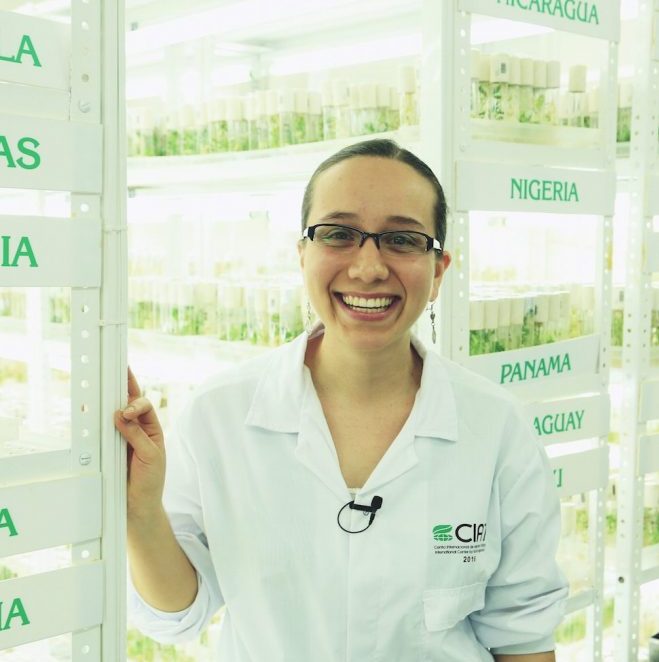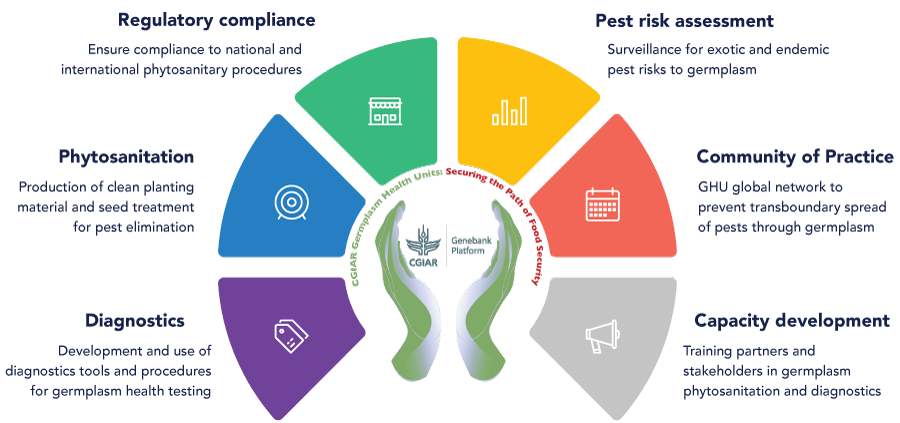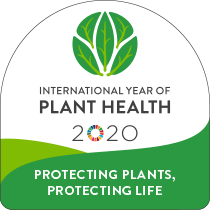Germplasm health units (GHUs) ensure that Centers distribute material without phytosanitary risk.

Germplasm health units (GHUs) provide phytosanitary services to genebanks and to the CGIAR’s Agri-food System CRPs, ensuring that their products are free of pests and diseases that are of quarantine risk. They have a crucial role in supplying disease-free material directly to seed systems for multiplication and distribution to farmers.
Centers must distribute germplasm that is free of quarantine diseases. Most of the Centers operate their own GHUs to fulfill this requirement, and one relies on a partner for this service. GHUs are at different levels of operation, and while some have pursued ISO accreditation, others need to build capacity. The Platform enables Center GHUs to upgrade their facilities and operations and to help one another to improve their performance and to work towards externally validated quality management systems, using an approach similar to the genebanks.
Priorities
The main priority is to test and clean accessions not currently safe to distribute. This is particularly challenging for clonal material but also important for seed collections.
Research into new diagnostics will enable Centers to respond to changing phytosanitary controls brought about as a result of climate change.
Targets
The GHUs aim to cut down processing time for testing accessions by at least 5% across the board by 2022.

International Year of Plant Health 2020
It is well-known that plants and seeds can harbor various pests (pathogens, insects, nematodes, and all other harmful biotic agents) that can spread into new territories along with germplasm. The inadvertent spread of pests along with germplasm distribution is a concern for the CGIAR Centers that, to a major extent, supply germplasm to developing countries and biodiversity hotspots, lacking sufficient phytosanitary capacity to prevent pest entry or respond to pest outbreaks.
Recognizing the hazards of pest risks, the Centers’ have set up Germplasm Health Units (GHUs). The objectives of GHU are to (i) avert the spread of quarantine pests with CGIAR germplasm transfers, (ii) prevent pest outbreaks, and (iii) safeguard biodiversity. The safe and efficient transfer of germplasm is crucial for the Centers’ international programs and delivery of public goods under the FAO International Plant Protection Convention (IPPC) and national quarantine regulations enforced by the national plant protection organizations (NPPOs).
GHUs serve as the Centers’ gateway for germplasm exchange by ensuring compliance with the IPPC procedures and the International Standards for Phytosanitary Measures (ISPMs) used by NPPO to prevent the introduction and control the spread of pests along with plants or plant products. As the Centers’ liaison, GHUs engage with the NPPO of the host and recipient countries to organize import permits and phytosanitary certificates (export permits), conduct inspections of regeneration fields, and prepare germplasm for exportation or importation in accordance with the ISPMs and other recommended actions.
In 2018 and 2019, GHUs facilitated 3,900 events of international germplasm transfers from genebanks and breeding programs, reaching >100 countries per year. In this process, GHUs tested 453,972 samples and eliminated 6% of those that were pest-affected. GHUs have employed 2.47 million diagnostic reactions. At an average cost of US$10 per sample, this amounts to an investment by the CGIAR programs about US$12 million annually on the generation of clean germplasm and preventive diagnostic testing to control the transboundary spread of pests.
These efforts have allowed germplasm transfers that would have been impossible without proper testing. The inadvertent spread has been avoided of quarantine pests through global germplasm transfers from CGIAR countries of operation pervasive with some of the most dreaded pests of quarantine significance (e.g., cassava brown streak virus, banana bunchy top, maize lethal necrosis, Karnal bunt, wheat blast, rice blight, several seed-transmitted legume viruses, zebra chip of potato, banana Fusarium wilt Tropical Race 4, etc).
The technical resources and skill set maintained in GHUs also support the Centers’ initiatives on combating emerging pests, the supply of reference material for diagnosis and phenotyping, development of diagnostics tools, surveillance procedures and capacity development.
GHU Phytosanitary Awareness Week, 9-13 November 2020
The UN has dedicated 2020 to raise awareness about plant health and the impact of healthy plants and forests on food security, poverty, economic development, and sustainability. The webinars as part of the “GHU Annual Phytosanitary Awareness Week” of the CGIAR Genebank Platform, is planned to exchange state of global efforts to contain the spread of invasive transboundary pests; best practices used in GHUs; engagement and collaboration with national and international plant health organizations, including NPPOs, RPPOs, FAO, IPPC, Crop Trust, and others; and discuss future scenarios and needs for protecting germplasm health and biorisk mitigation during germplasm transfer events.
Webinar objectives
- Raise awareness about CGIAR GHU’s mission and functions
- Bring together key experts and advocates to assess the status of invasive pest threats and share experiences of best phytosanitary practices to contain the transboundary spread if pests with planting material.
- Brainstorm on future pest risk scenarios in the context of climate change and identify the strategies, technologies, and partnerships appropriate for mitigating current and future biorisks to plant and germplasm health.
Program outline
Day 1, November 9: Inception with international webinars
Day 2, November 10: Asia day
Day 3, November 11: Latin America day
Day 4, November 12: Africa day
Day 5, November 13: Plenary discussion and conclusion
Partners and contributors
FAO, IPPC, Crop Trust, NPPOs and others











